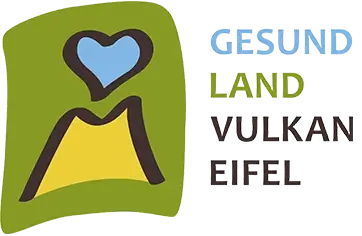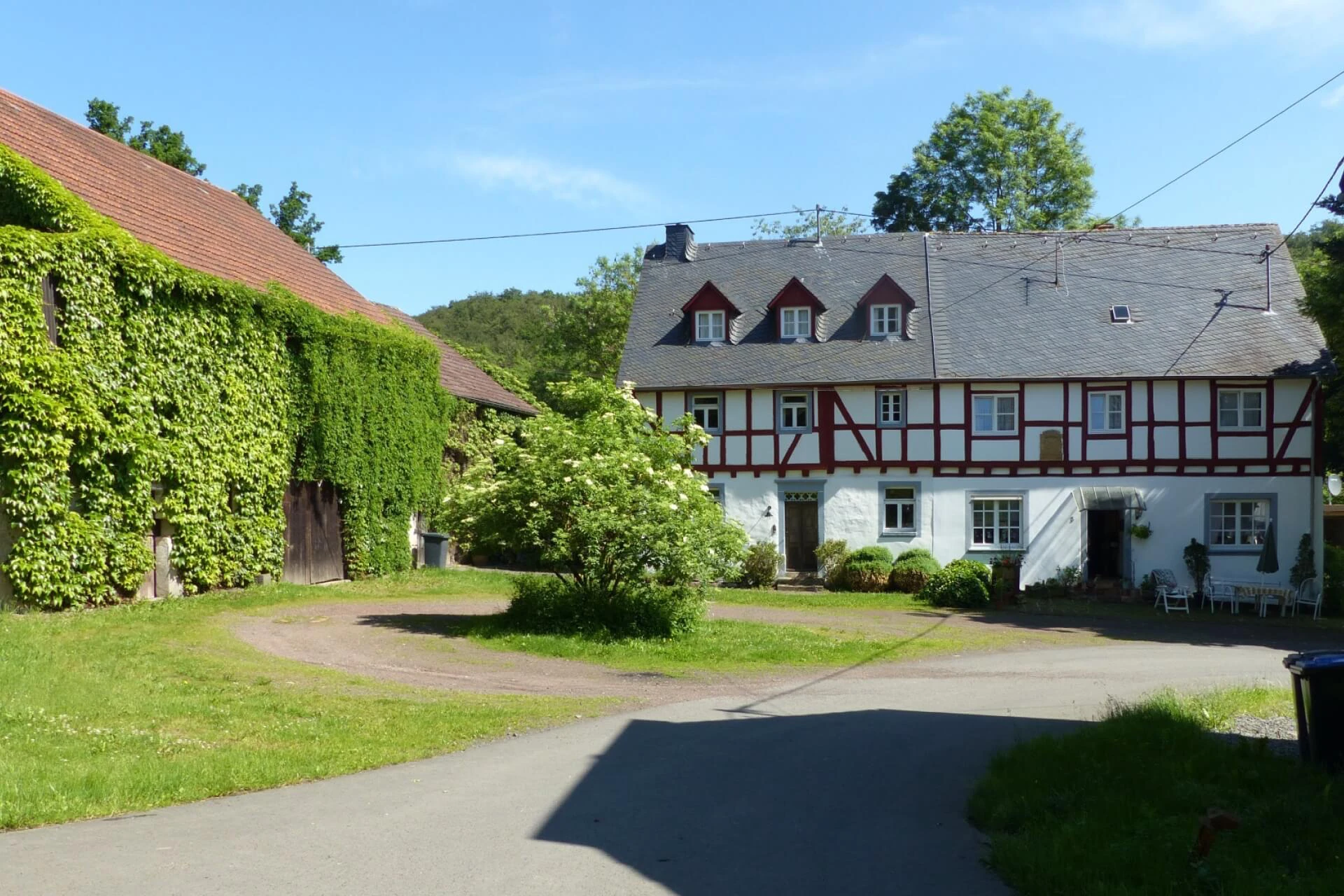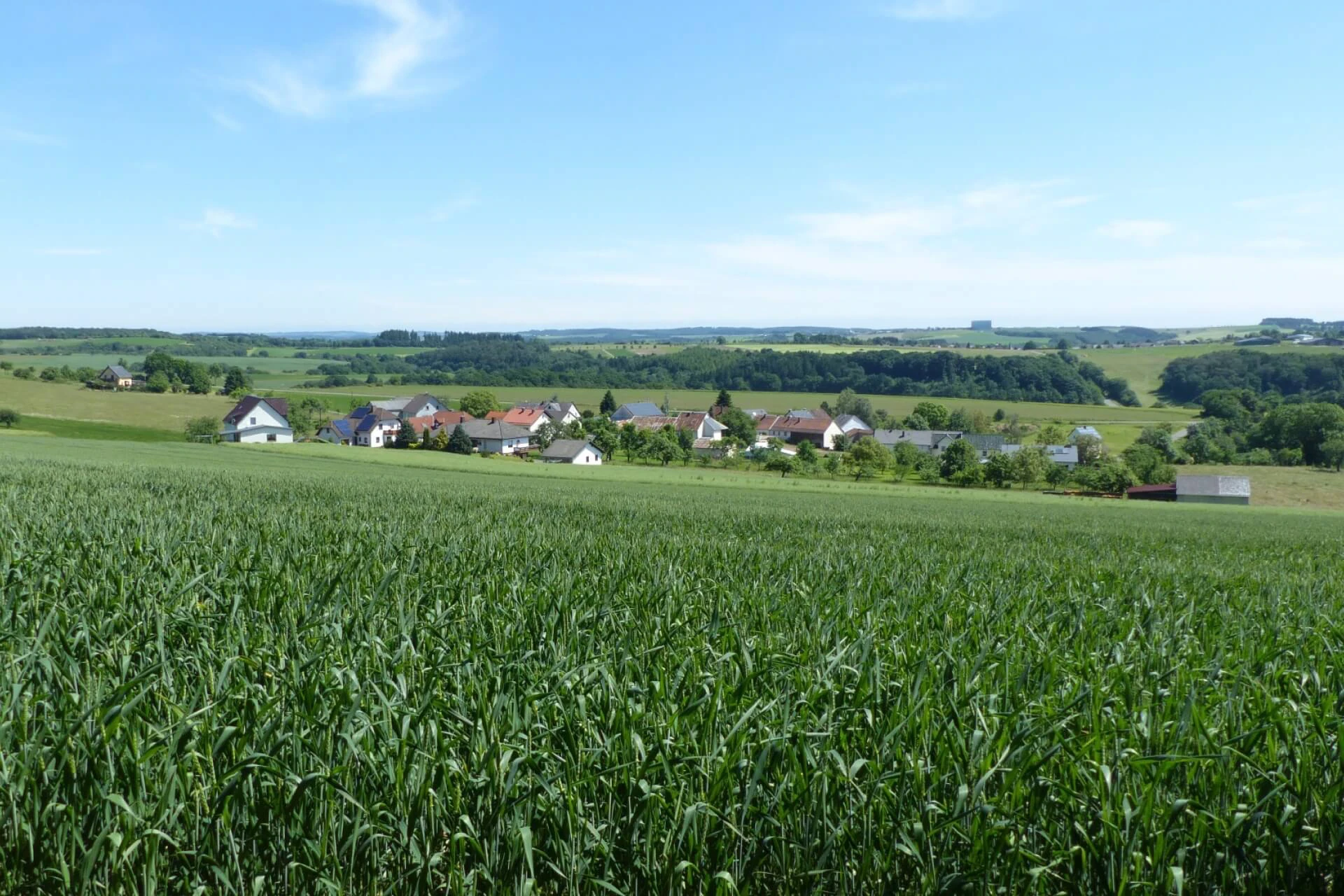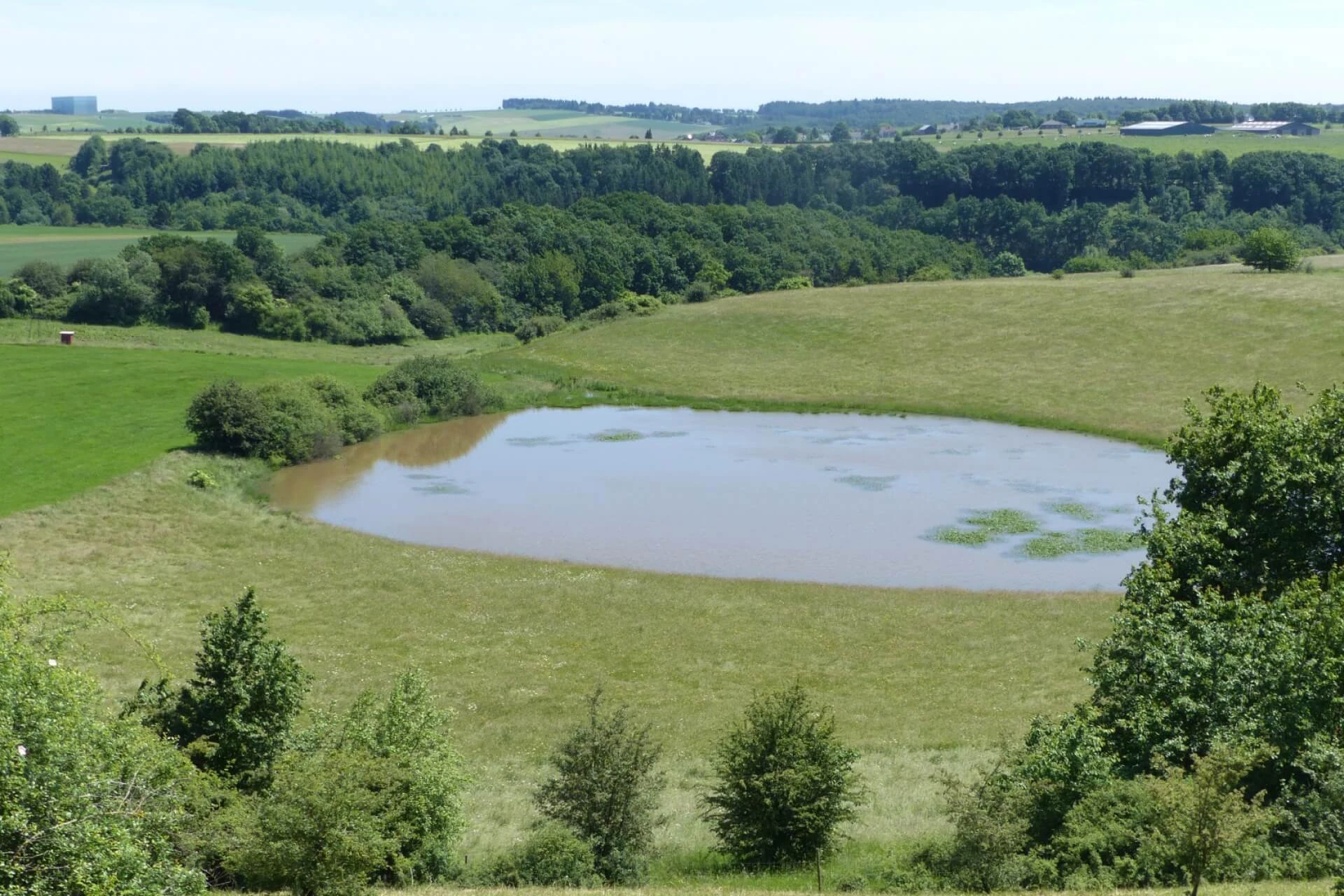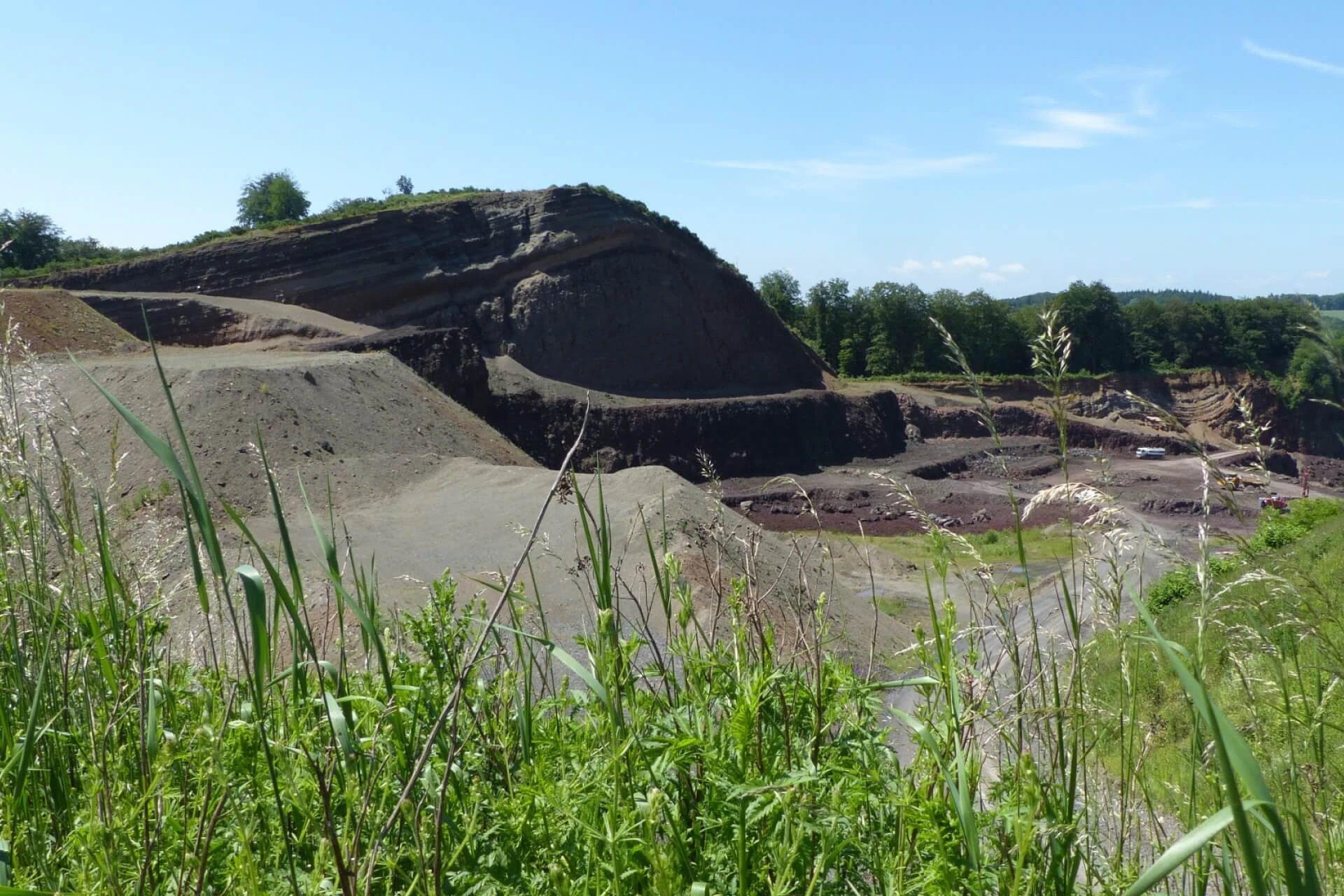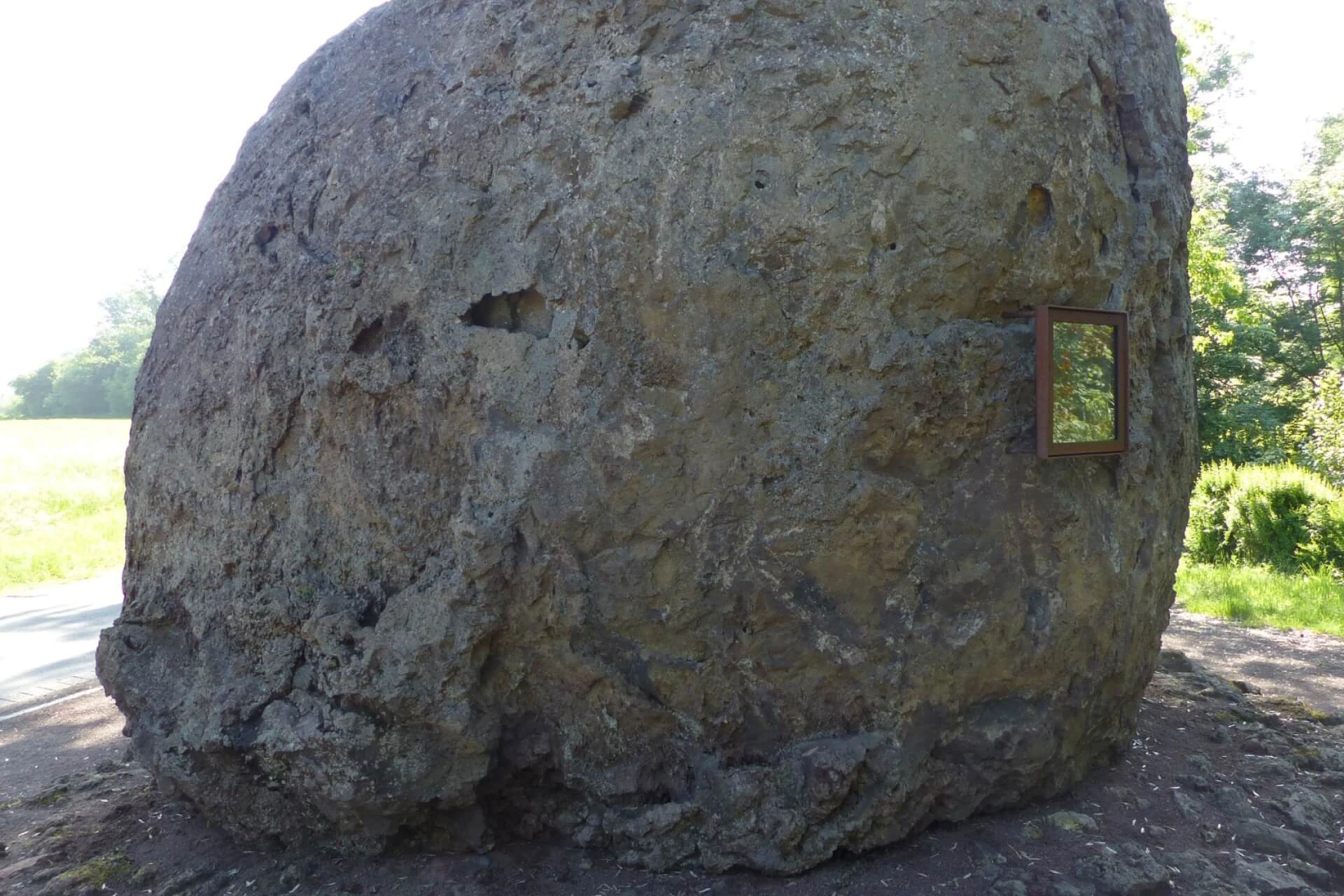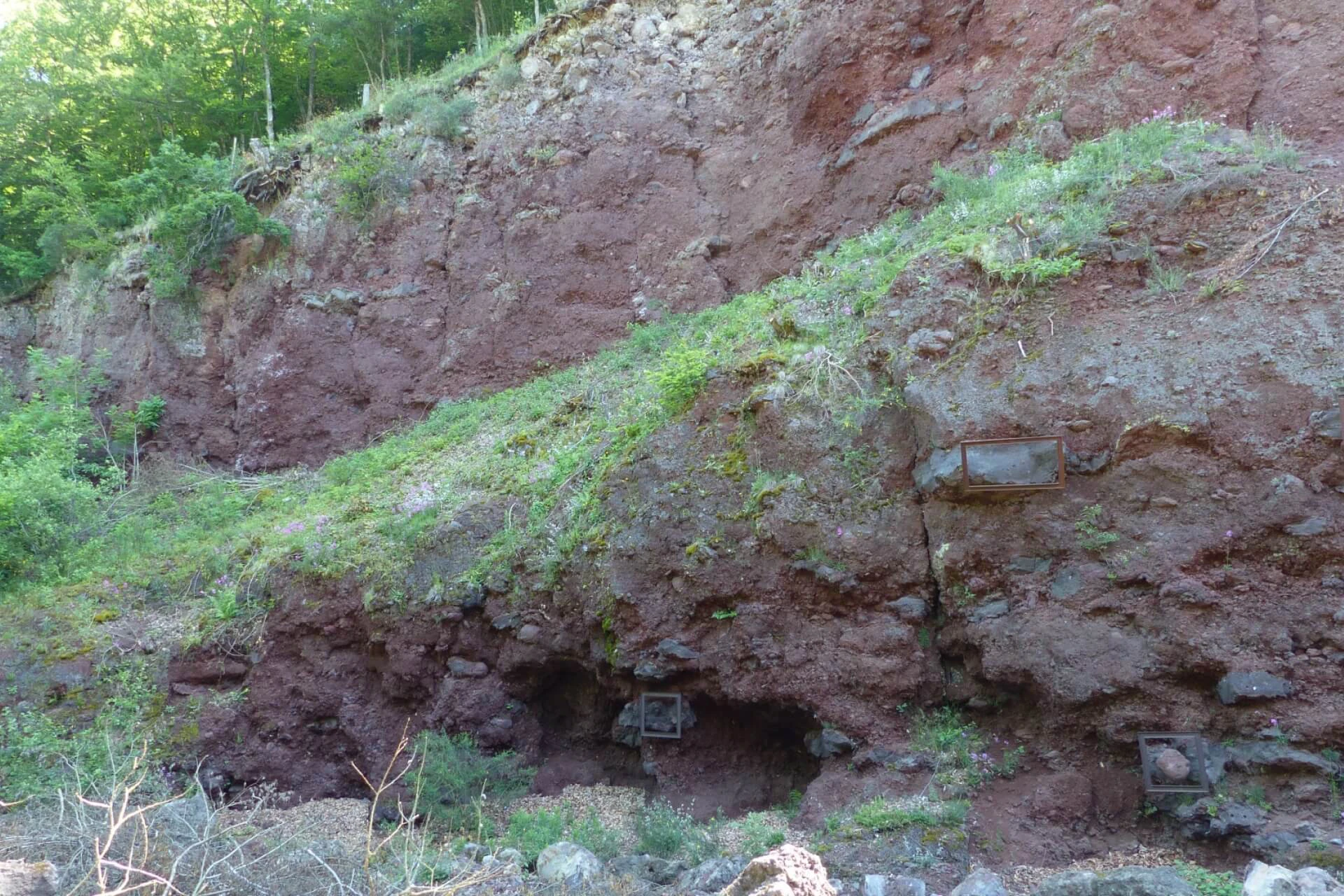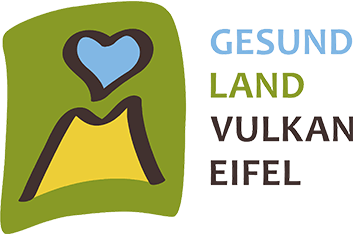Nature Active Experience in the Volcanic Eifel
After many rainy days, the sun gave a brief interlude last week and shone with all its might from the blue sky. What a blessing! In order not to let this opportunity to be out and about in nature with dry feet pass by, I decided to join a nature-active-experience guided tour with Alfred Welter, which has the melodious title "Fairytale experience of an effective landscape".
Arriving at the meeting point at the entrance to Strohner Schweiz, I first had to exchange my sneakers for waterproof hiking boots. Even though the sun was shining, I wasn't sure if the one or other muddy spot wasn't waiting for us in the shady forest.
Mr. Welter greeted me and the two other participants - a couple from Badem-Württemberg - warmly and began his guided tour at the Strohn lava bomb lying still. Right at the beginning he challenged our imagination by explaining how this lava bomb was formed. It was pushed up again and again, with more and more rock accumulating around it. And there we were, right in the middle of the volcanic past. Standing directly in front of the lava bomb was very impressive, it weighs 120 tons and has a diameter of almost 5 meters. By the way, it was discovered only by chance: During a blasting in the Wartgesberg it came loose from the quarry wall in 1969. The people of Strohn then transported it over frozen snowpacks in winter to its present location.
We crossed the Alfbach over a small wooden bridge. The water splashed merrily along. Alfred Welter asked us to climb the mountain ahead of us without speaking. He wanted us to concentrate on the chirping of the birds, the nature around us and on ourselves, so as to bypass the mental barrier that the thought of climbing a mountain sets up in most. In fact, this worked quite well and once we reached the top we could admire the view of Strohn now lying below us, while we in turn were eyed somewhat suspiciously.
Along fields, where we learned a lot about the vegetation of the area, and through shady forests, where I was glad to have chosen the walking shoes, we arrived at Sprink. Once an outpost of the Springiersbach monastery near Bengel, even today there are only a few houses in this district of Stroh. Alfred Welter showed us the course of the Sprinker Maar, a dry maar, in whose cauldron we stood. We were about to head back into the forest when the door of one of the buildings opened and an elderly lady began feeding the chickens in the yard. When she spotted us, she chatted with us for a few minutes and even offered us a schnapps, which we gratefully declined, as it was still too early in the morning for that.
We walked back a few meters and then entered a path that led us directly into the heart of Strohner Schweiz. Steep slopes and a wildly romantic landscape characterize the picture here. In between, the Alf flows over round stones and runs down the slopes. The power of the water becomes visible here, as the river has cut a deep gash in the basalt stream over a good 12,000 years and thus dug a wide river bed for itself. We now moved away from the water and climbed up to the road.
Along a demolition wall and through a forest we reached a hill above Trautzberg, which offered a wide view over the Volcanic Eifel.
Loud noises suddenly cut through the silence. The further we hiked, the louder the humming and crashing became. When we had climbed a small hill along the path, we found the cause: In the lava pit at Wartgesberg, mining is still going on diligently. Caterpillars and excavators were at work. After watching them for a while, we climbed back down through the lupines and continued on our way.
Then we came to another highlight of our hike: the Trautzberger Maar. Here we took a short rest while Alfred Welter explained the special feature of this maar. "In September two years ago, I was still driving down through the hollow and mowing there," he said with a mischievous smile. A lot has happened since then. The drains that were draining the area have been removed and the area renaturalized. Within a few months, the maar has filled up with water again and today adds another one to the list of water-filled maars.
Now we hiked back to Strohn. On the way we passed the Strohn pond, which was also drained and is now used as an agricultural area. But when we arrived at our cars, our tour was not over yet. Alfred Welter led us to another special feature: the Strohner Fairy Tale. Until a few years ago, the dry maar was completely overgrown with birch trees and other vegetation. Thanks to an initiative of our hiking guide and the energetic help of the Eifelverein, the area was cut free again. Today you can easily see the dry maar, which has developed into a raised bog. In dry weather conditions, accompanied by an experienced hiking guide, it is even possible to enter the moor and see, for example, the rare sundew. However, the raised bog may not be entered alone.
Unfortunately, we could not go over either. The water belt around was carrying too much water due to the rainfalls of the previous days. For this, our hiking guide showed us another of his favorite places. A sheltered bench that invites you to rest with a view of the Maar.
This is also where we parted ways. It was a very nice, relaxing and sunny hike, which I can only recommend to anyone who has a few hours and wants to learn something about the interesting features of our beautiful Volcanic Eifel landscape.
Author: Kathrin Bayerschen
By submitting the form, you agree to our privacy policy.
